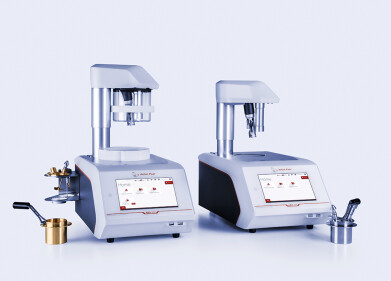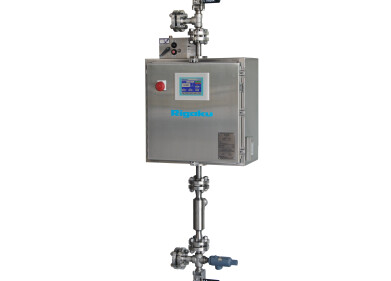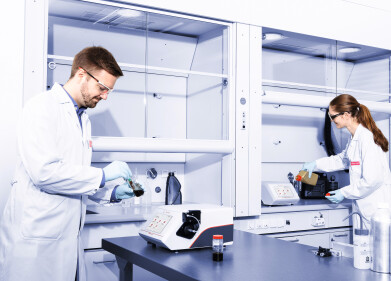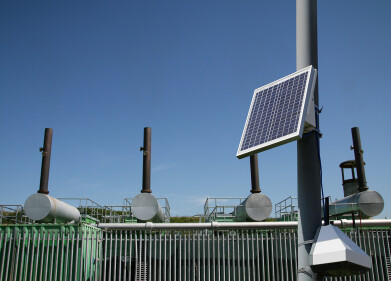Measurement and Testing
What is Fault Diagnosis in Condition Monitoring?
Dec 25 2021
Monitoring mechanical parameters is one of the most effective ways to reduce unplanned downtime, minimise maintenance costs and extend the lifespan of assets. This field is known as condition monitoring (CM) and is a valuable maintenance tool used in the oil and gas sector, as well as other industries that rely on mechanical equipment.
Fault diagnosis is an important part of the condition monitoring process, allowing operators to not only detect mechanical irregularities buy also pinpoint the root cause of the issue and carry out repairs accordingly. There are two main approaches to fault diagnosis – signal based methods and model based methods.
Signal based methods for CM
Signal based methods rely on sophisticated instruments and sensors to detect mechanical irregularities in real-time. For example, accelerometers are used to detect vibrational changes while infrared cameras are used to identify hotspots caused by friction.
Vibration analysis is one of the most useful parameters used to detect mechanical faults, with authors Saud Altaf and Shafiq Ahmad exploring the value of accelerometers in a recent scientific article titled ‘Machine Health Monitoring and Fault Diagnosis Techniques Review in Industrial Power-Line Network.’
“Most mechanical faults in high-speed rotating machines lead to increase in vibration levels. The largest sources of vibration and noise in electric machines are the radial forces due to the air-gap field,” write the authors. “Vibration monitoring is an effective and efficient approach to providing condition indicators for machine health management,” they add. “Vibration-based diagnostics is the best method for fault diagnosis, but needs expensive accelerometers and associated wiring.”
Noise monitoring, torque analysis, axial flow analysis and motor current signature analysis (MCSA) are other widely used examples of signal based methods for CM.
Model based methods for CM
Model based methods are another approach used in fault diagnosis. This technique involves analysing discrepancies between readings generated by sensors and comparing them to benchmark values derived from a predictive system model. Through visualisation, operators can assess the condition of a machine and its components.
Of course, humans still have a role to play when it comes to fault diagnosis. Knowledge based methods and models are another technique used to detect and diagnose mechanical faults. This strategy relies on the human brain and calls for the expertise of professionals such as mechanical engineers.
As well as monitoring mechanical parameters, analytical technologies are used to comply with industry standards such as the 0.5% sulphur cap places on marine fuels by the International Maritime Organisation (IMO). Find out more about best-practice spot test methods in ‘Marine fuels compatibility testing by automated instrumentation according to ASTM D4740.’
Digital Edition
PIN 25.5 Oct/Nov 2024
November 2024
Analytical Instrumentation - Picturing Viscosity – How Can a Viscometer or a Rheometer Benefit You? - Sustainable Grease Formulations: Evaluating Key Performance Parameters and Testing Method...
View all digital editions
Events
Nov 26 2024 Paris, France
Nov 26 2024 Amsterdam, Netherlands
Nov 27 2024 Istanbul, Turkey
Biogas Convention & Trade Fair 2024
Nov 27 2024 Hanover, Germany
Dec 03 2024 Dusseldorf, Germany



















